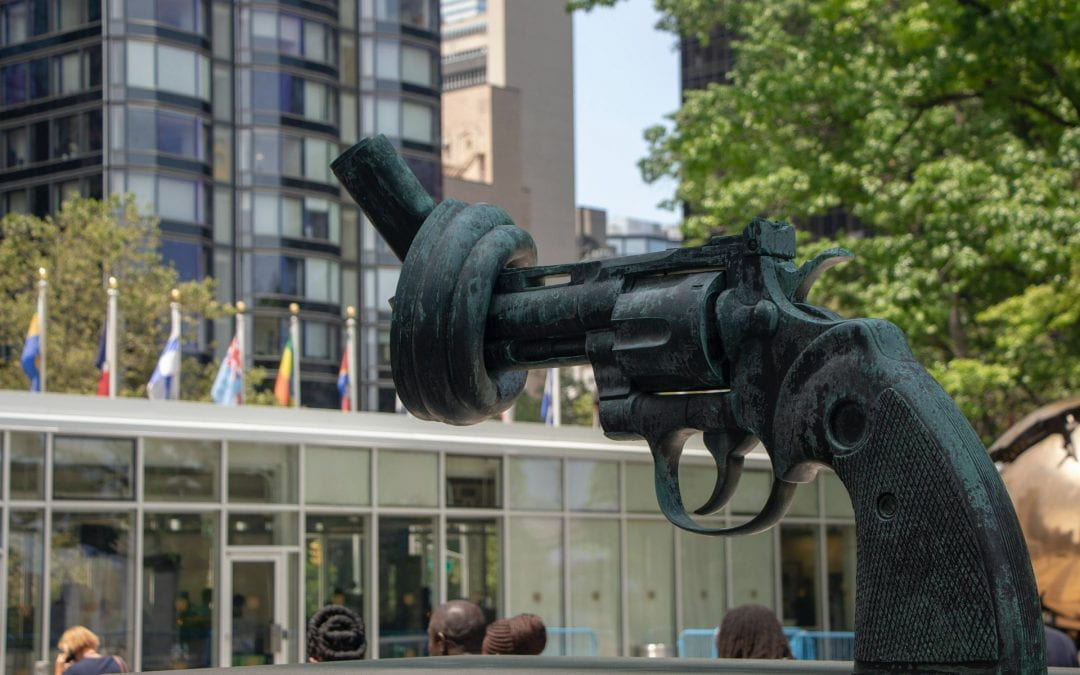The world has been reeling from the COVID-19 pandemic and as we begin a return to normalcy, we are just beginning to see the rippling effects in other sectors. The United Nations announced that 2020 saw 19,300 children were victims of “grave violations.” Grave violations, as defined by the U.N., are the kiling and maiming of children, recruitment or use of children as soldiers, sexual violence against children, abduction of children, attacks against schools or hospitals, and denial of humanitarian access for children. In late June 2021, the United Nations held an open debate of the Security Council on the U.N.’s annual report on children and armed conflict. The U.N. has committed itself to protecting human rights including the rights of children as established in the Convention on the Rights of the Child which views children not as the property of their guardians but as whole persons. The world witnessed a chilling number of “grave violations” against children in 21 conflict areas, which are likely underreported because of the COVID-19 pandemic. Kersti Kaljulaid, President of Estonia, said, “’we can only guess’ how many violations went unnoticed due to the pandemic.” The continued disregard for international law and human rights continues to put children in a precarious and dangerous position as conflict escalates.
The Numbers
The U.N. verified 26,425 grave violations committed against 19,300 children worldwide, which occurred between January and December of 2020. The report stated that 8,521 children were recruited by militants and used in conflict. Five thousand seven hundred and forty-eight children were maimed, and 2,674 children were killed in conflict. There were 4,156 incidents reported of denial of humanitarian access. Alarmingly, verified cases of abduction increased by ninety percent, and verified cases of sexual violence increased by seventy percent, since the last reporting in 2019. These violations and acts of violence affect girls and boys differently, with girls experiencing roughly ninety-eight percent of sexual violence, and boys were the primary victims of recruitment, abduction, and maiming. Worryingly, violent attacks on schools increased, with girl’s education at a higher risk, in 2020. Schools and hospitals became militarized and used in conflict. The report contained some good news as 12,300 abducted children were released.
Sixty percent of all violations occurred in conflict zones in Somalia, Congo, Afghanistan, and Syria. Somalia has the most violations committed by al-Shabab. In Afghanistan, the Taliban were responsible for two-thirds of violations. Meanwhile, Yemen has among the highest figures for children maimed or killed, and Myanmar had the highest numbers of children recruited and used in conflict.
The Pandemic
The pandemic only exacerbated the existing vulnerability of children. Not only did the pandemic hinder children’s access to vital health and social services, but 1.4 billion students in 190 countries were “shut out of school” during the pandemic. The economic impact of the pandemic further exposed children to conflict, such as recruitment, abduction, and sexual violence. The U.N. and international aid organizations faced challenges in continuing their efforts—peacekeeping, providing services, child protection monitors—in these conflict areas. Leaders urged those engaged in conflict to maintain a ceasefire as the world worked together to end the pandemic, but these requests were not heeded as conflict continued and children were continuously put at risk. “For the children living through the 21 conflicts outlined in the [U.N’s report on children and armed conflict], the challenges of daily life under COVID-19 are magnified,” said UNICEF Executive Director Henrietta Fore.
While there were an alarming number of grave violations verified in 2020, children face other challenges resulting from conflict. In conflict-stricken Ethiopia, children face starvation and the crippling effects of a destroyed health system, which increases the risk of cholera, measles, malaria, yellow fever, meningitis, and other serious health concerns. Ethiopian National Defense Forces pillaged the video equipment of the U.N. children’s fund. More than thirty percent of Lebanese children skipped meals or went to bed hungry in June, which affects performance in schools. Fifteen percent of Lebanese families have discontinued their children’s education. It is likely some were sent to work—one in ten Lebanese children have been sent to work, many of them providing the sole source of income for their families.
Moving Forward
The U.N. has recommitted itself to the continued protection of children in armed conflict. It has been twenty-five years since the first annual report on Children and Armed Conflict, and while much progress has been made, there remains work to be done in reducing the number of grave violations against children and promoting peace in conflict zones. The report set out recommendations including recognizing the impact of conflict on girls and prioritizing the analysis and sharing of data to prevent conflict.
COVID-19 has created new challenges for children. The world has seen an increase in gender-based violence, with an increase in domestic violence and female genital mutilation. There has been a higher rate of mental health issues in children around the world as children were kept out of school and engaged in minimal social interactions. These shadow pandemics will have lasting effects moving forward; children’s organizations and the U.N. should commit to combating these effects– mental health and lack of access to education and support systems—as well as preventing and mitigating armed conflict and its impact on children.
Author Biography: Shanni Alon is a Senior Moderator of the International Law Society’s International Law and Policy Brief (ILPB) and a J.D. candidate at The George Washington University Law School. She has a B.A. in Political Science from The George Washington University.

